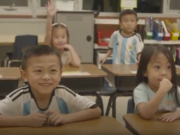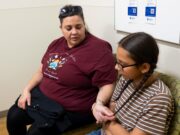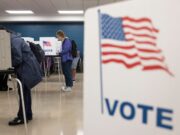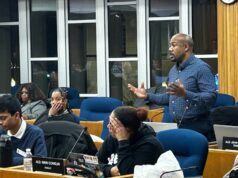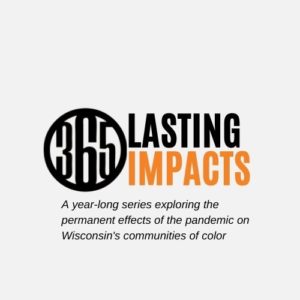 According to new data analyzed by Quote Wizard, the number of people in Wisconsin dealing with symptoms of anxiety and depression has decreased by 11% since 2021.
According to new data analyzed by Quote Wizard, the number of people in Wisconsin dealing with symptoms of anxiety and depression has decreased by 11% since 2021.
From data provided by the Centers for Disease Control and Prevention’s (CDC) Household Pulse Survey, analytics evaluated each state’s frequency of anxiety or depression from April 2020 to May 2022, during the COVID-19 pandemic. Data shows that people dealing with both mental health issues in each state have changed significantly over the last two years as levels of anxiety and depression increased during the first year of the pandemic, dramatically decreased in 2021, and are now rising again.
When specifically looking at the state of Wisconsin, key findings show that 27% of people are now dealing with anxiety and/or depression, and there was a 13% decrease in people with anxiety and a 10% decrease in people with depression since 2021.

(Azena Photography)
Myra McNair, a licensed psychotherapist, founder and executive director of Anesis Center for Marriage and Family Therapy in Madison, gives more insight into these findings as she compares them to what she’s experienced in her work. While it was evident that numbers of anxiety and depression were rising in 2020 throughout Dane County and the United States in general, McNair and her team at Anesis didn’t find that numbers decreased in 2021, but instead saw that rates stayed the same or even increased as they received more referrals after opening back up. This was especially true when schools returned back to in-person sessions, as referrals for youth began to increase at their clinic, not necessarily because there were new cases, but because more people were able to notice youth that were having issues with mental health.
“There was a trend in a lot of different types of services, where numbers kind of looked like they were going down, but that was just because people were in their homes. So then when we open things up some more, then we saw increases in referrals and increase in need, but the need was always there,” says McNair.
The state of Wisconsin’s key findings also found that women, people of color (POC), and gay or lesbian people have higher rates of anxiety and depression. McNair explains that while this issue of POC and queer individuals experiencing mental health issues at higher rates was always around, the health disparities these communities faced were magnified by COVID, causing a huge increase in levels of anxiety and depression. Asides from health disparities, communities of color also deal with racial hatred, which contributes to these high levels.
“We dealt with so much racial hatred on top of dealing with COVID. You know, there was the murder of George Floyd, there was Asian hate where Asian people were getting targeted and being blamed for COVID, with the Latinx community we had the whole immigration issue,” says McNair. “So that’s a lot to navigate and handle. And so it’s like, whose mental health wouldn’t be like extremely bad, like your anxiety and your depression and things like that?”
Although the issue of racism doesn’t have a small-term solution, McNair still believes that to help decrease the higher rates of mental health issues among people of color, the community must work on being anti-racist or become active in creating change within ourselves, our families and communities. Some other solutions include creating peer support programs that can help alleviate the issue of shortages in mental health professionals, having Universities and governments step up and assist Black and Brown people through higher education to increase the number of POC providers, and doing something as simple as having a conversation on mental health with ourselves and our loved ones.
“This one really simple thing that I think everyone should do that doesn’t cost money is just being really open about talking about mental health, checking in with one another, checking in with yourself, and just really like normalizing it [mental health] for people. Especially in Black and Brown communities, it is really huge,” says McNair.
The best way to protect yourself and your community from COVID-19 is to get vaccinated and stay current on boosters. Click here for more infomation.









